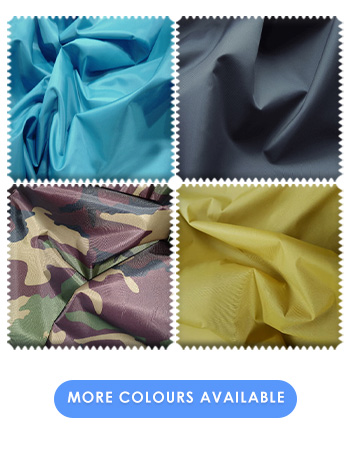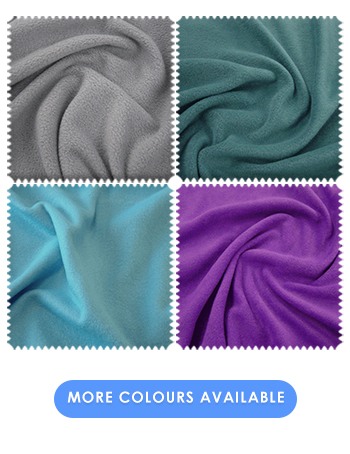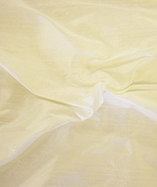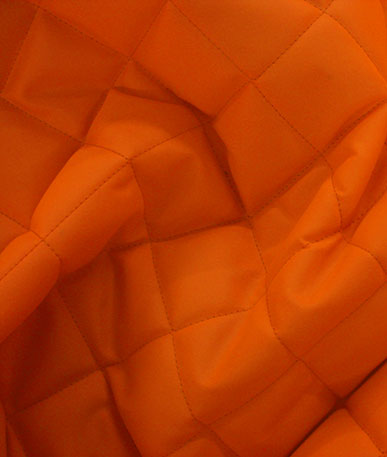| For Help & Orders call us on : 0121 359 2349 | Deliveries delays & Information read here |
Heavy Duty PVC and Mesh Netting
Polyvinyl chloride, commonly known as PVC, was discovered in 1926 by a researcher seeking a technique for bonding rubber to steel. Today, PVC is used in a wide variety of applications, some of which are fabrics. Heavy-duty PVC fabric and PVC mesh netting are two of the most common types. The specific uses of these two materials vary significantly, thanks to their physical properties.
Uses for Heavy Duty PVC Fabric
Because heavy-duty PVC fabric is both strong and water-repellant, its most common applications are for outdoor products, those that demand great strength, and those that need water resistance. Tarpaulins used to cover campsites or trucks, for example, may be composed of heavy-duty PVC materials. In addition, certain types of bags or luggage, shoes, and ski gear may be made all or in part from heavy-duty PVC fabrics.
PVC fabrics also come in lighter-weight varieties. While these are not quite as strong as heavy-duty PVC fabrics, they are popular for being stretchy, flame-resistant, and easy to clean. PVC fabrics are also fairly inexpensive to make, and so lighter-weight varieties are frequently used in place of rubber, leather, or latex. Fake leather clothing is often made from PVC fabric.
Sometimes, heavy-duty PVC fabrics are used in conjunction with other fabrics to add strength or water resistance. When this happens, the PVC is often connected to the fabric by fusing rather than stitching.
Uses for Mesh Netting
Mesh netting fabrics can be made from many different materials, including PVC fabrics and nylon. The defining characteristic of mesh fabrics are the series of holes that run through the surface area of the fabric. Depending on the type of mesh netting, these holes might be large or tiny; because of the variation in hole size in mesh fabrics, this type of material has dozens of applications.
In athletics, mesh netting is frequently used to create both nets (for lacrosse or soccer goals, for example) and barriers (such as those used to separate sections of a batting cage). Jerseys worn by athletes, too, might be made of mesh netting. Clothing made of mesh is breathable and thus ideal for those engaged in heat-producing activities.
In industry, mesh netting often serves to separate or protect individual parts during packing and shipping. Industrial applications also include liners for trashcans and pallets, sleeves for pipes and tools, and safety wraps for sharp components. Because mesh netting is almost always reusable, it can prove an economical part of many industrial operations.
More broadly, mesh netting can be used for medical applications, to protect against mosquitoes and other insects, to filter air, and for agricultural purposes.
































